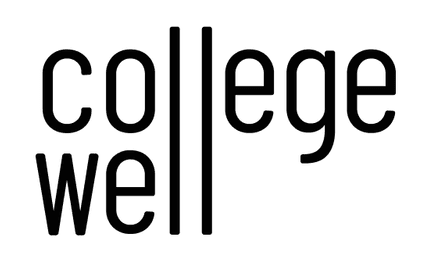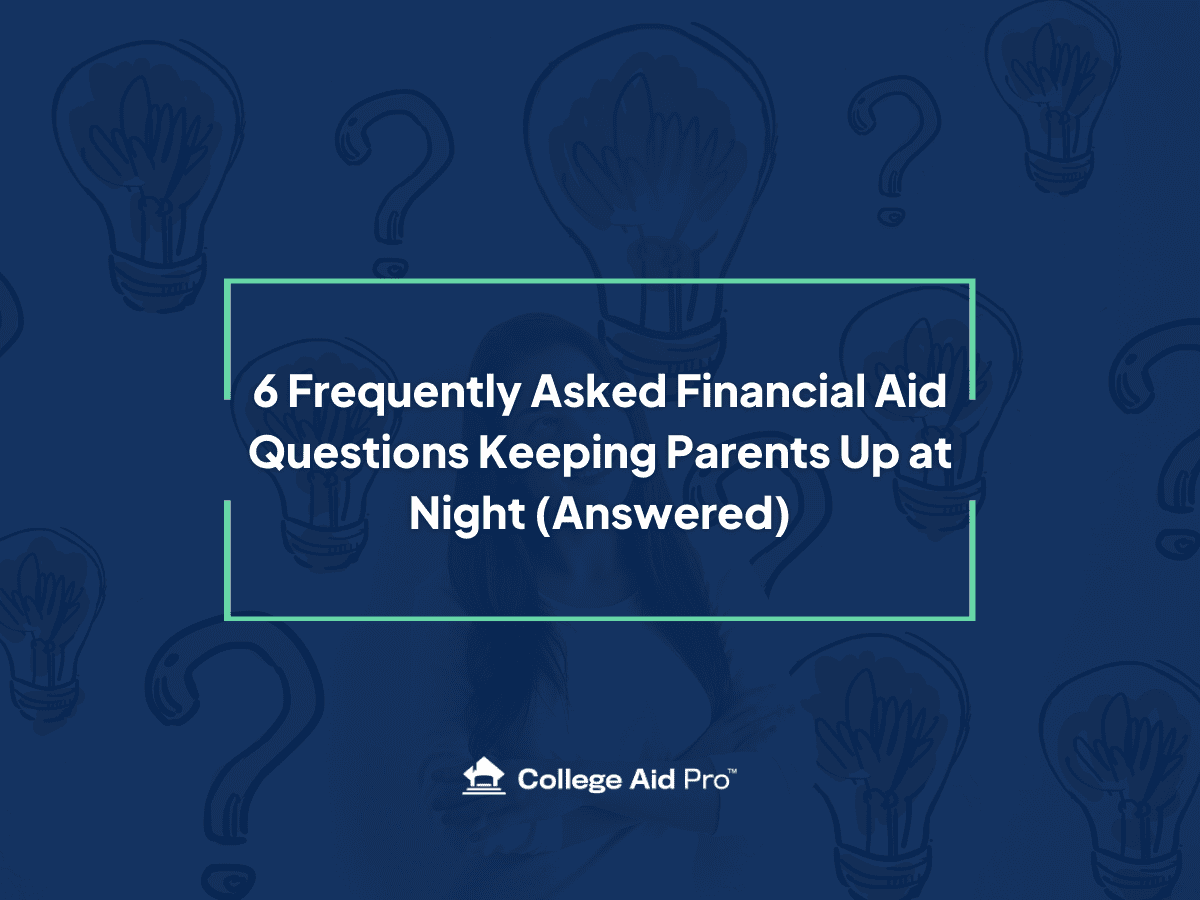How to Protect Against Market Volatility and Rising Tuition: Private College 529 Plan Does Both
This article was written by our friends at CollegeWell, where you can lock in tuition rates and save for college tax-free. 
Paying for college is one of the biggest financial demands on families, especially as tuition costs continue to rise each year. But what if you could lock in today’s price while protecting your savings from market volatility?
It’s possible with Private College 529 Plan. Our prepaid tuition plan is designed to help families hedge against tuition inflation at nearly 300 private colleges and universities nationwide.
The Way Private College 529 Plan Works
Unlike traditional 529 investment plans, your Private College 529 account does not rely on market performance and is therefore not subject to market downturns. Instead, the value of your account keeps pace with tuition inflation.
When you save in Private College 529, your deposits lock in a percentage of a year’s tuition at each member college. Because tuition prices vary, the percentage will differ at each school.
At the end of the plan year (July 1-June 30), your deposits aggregate into a single Tuition Certificate per college, representing the total percentage you’ve locked in.
Locking In Tuition
Suppose you open an account and contribute $30,000 between July 1, 2024, and June 30, 2025. What you locked in by the end of the plan year could look like this:
| Institution | Annual Tuition | What You Lock In |
| College A | $40,000 | 75% of a year |
| College B | $50,000 | 60% of a year |
| College C | $60,000 | 50% of a year |
*This is a limited example. You are saving for nearly 300 member colleges.
You will always own these percentages no matter how much tuition increases — or what happens in the financial markets – even if you never make another deposit.
Growth in Your Account
When you first saved, College A cost $40,000, and you locked in 75% of a year. Assuming a 4% annual tuition increase, College A costs $59,210 ten years later. That 75% you locked in is now worth $44,407 — giving you $14,407 in tax-free growth.
Flexibility and Tax Benefits
When you open an account, you’re asked to track your progress at a few member colleges, but you’re not choosing where to save. Your deposits lock in tuition at all member colleges and any that join in the future. If college plans change, you can take a withdrawal or use your funds for another qualified education expense. *
Like other 529 plans, your deposits grow tax-deferred, and distributions are tax-free as long as the funds are used for qualified expenses. Learn more about 529 plans and taxes.

Redeeming Your Prepaid Tuition
You can begin redeeming Tuition Certificates after a 36-month hold period. But here’s an important detail to keep in mind: Although the plan year ends on June 30, each Tuition Certificate is backdated to the date of your first deposit in that plan year.
For example, if you set up automatic monthly contributions starting in June and continue through July, the 36-month clock starts with your June contribution. That’s why the earlier you save, the earlier you can redeem your prepaid tuition at a member college.
*The refund value of a Tuition Certificate is calculated as your total contributions adjusted for net investment returns up to a maximum increase of 2 percent per year compounded annually. If the refunded amount is not used to pay for qualified higher education expenses, the earnings portion will be subject to federal income tax and an additional 10 percent tax penalty.
Key Takeaways – And a Little Extra
- Value: Your account increases at the same rate as college tuition, regardless of market fluctuations. Your deposits will never lose their initial value.
- Getting Started: There are no state residency requirements to save in our plan, and you can roll over funds from an existing 529 plan without tax implications.
- Flexibility: You can redeem your prepaid tuition at any member college — and if your plans change, you still have options.
Savings Strategies in High School
It’s never too late to start saving for college. In fact, high school can be a great time to start saving with Private College 529 Plan. Use these tips to plan and save with confidence.
9th Grade: Set the Foundation
Freshman year, your goal is to maximize the next four years before enrolling at a member college:
- Open your account. Starting out in 9th grade means you will have Tuition Certificates available as early as freshman year of college, after satisfying the 36-month hold period.
- Start the clock as soon as possible. You will want to make your first deposit as soon as you open an account. This can be a lump sum or the first of automatic monthly contributions. As a reminder, the 36-month clock starts on the day of your first deposit in a plan year.
- Diversify your investments. With college right around the corner, consider keeping your 529 investment account to help cover room and board and use Private College 529 to prepay tuition.
Tip: You don’t need to prepay all four years of college — or even one full year. A $10,000 deposit in 9th grade could lock in and prepay a significant chunk of tuition, especially if tuition increases by 4% on average each year.
10th Grade: Build Your Savings
Sophomore year is all about keeping up momentum to lock in as much tuition as you can.
- Stay consistent. Monthly or quarterly deposits help spread out the financial obligation of saving while building value in your account.
- Consider a mid-year bump. If you receive a tax refund or work bonus, deposit that money into your account to lock in more tuition. Lump sum deposits are a great way to build significant value quickly.
- Reset the clock and plan accordingly. Using the date of your first deposit in a plan year, add 36 months and that will tell you when you can redeem that year’s prepaid tuition.
11th Grade: Save What You Can While You Can
Junior year, you should maximize all saving opportunities. You’re in the home stretch!
- Get a head start. Even before junior year officially starts, make a deposit on July 1st with the new plan year. That way you could potentially use your Tuition Certificates as early as sophomore year of college. How? See below.
- Align your savings with your college list. You can track up to ten colleges in your account and change them at any time. Make sure you compare how much prepaid tuition you’ve purchased at each college. This might shape your final list of schools.
Tip: If your child is interested in a lower-cost member college, your prepaid tuition will go even further.
Strategic Timing (and Timeline)
- July 10, 2025: You make an initial deposit to your Private College 529 account for your rising high school junior. This starts the 36-month clock for all deposits during the 2025-2026 plan year.
- September 2027: Your child starts freshman year of college.
- May 2028: Your child completes their first year of college.
- July 10, 2028: Your deposits from the 2025-2026 plan year have now satisfied the 36-month hold period and are eligible for redemption.
- Mid-July 2028: You receive the bill for your child’s sophomore fall semester. You can use your 2025-2026 Tuition Certificate, assuming the bill is due after July 10.
12th Grade: It’s Crunch Time!
Senior year might feel late to start saving, but it’s when your child knows where they’re likely headed. Even if you start saving now for a member college, your prepaid tuition will go to good use.
- Save early, use early. Typically, whatever you save during 12th grade can be used for senior year of college, but it is possible to use your prepaid tuition as early as junior year if you follow a similar timeline as above.
- Roll over from another 529. If you’re already saving in a 529 investment plan, but your child is enrolling at a member college, roll over funds to your Private College 529 account for the later years of college. As a 529 rollover, there are no tax penalties.
- Prepare to use your funds. Make sure you cover all your basis, especially if you own more than one 529 account, and maximize tax incentives. See Using your 529 Funds for guidance.
Final Thoughts
We hope this deep dive has helped you see the full potential of prepaid tuition — especially through Private College 529 Plan. While there are some timing considerations to keep in mind, what you gain is protection from market downturns and rising tuition costs, along with the peace of mind that your college savings will be there when you need them. It’s never too late to get started as long as you start!
Learn more about Private College 529 Plan, and please join us for an upcoming overview.



